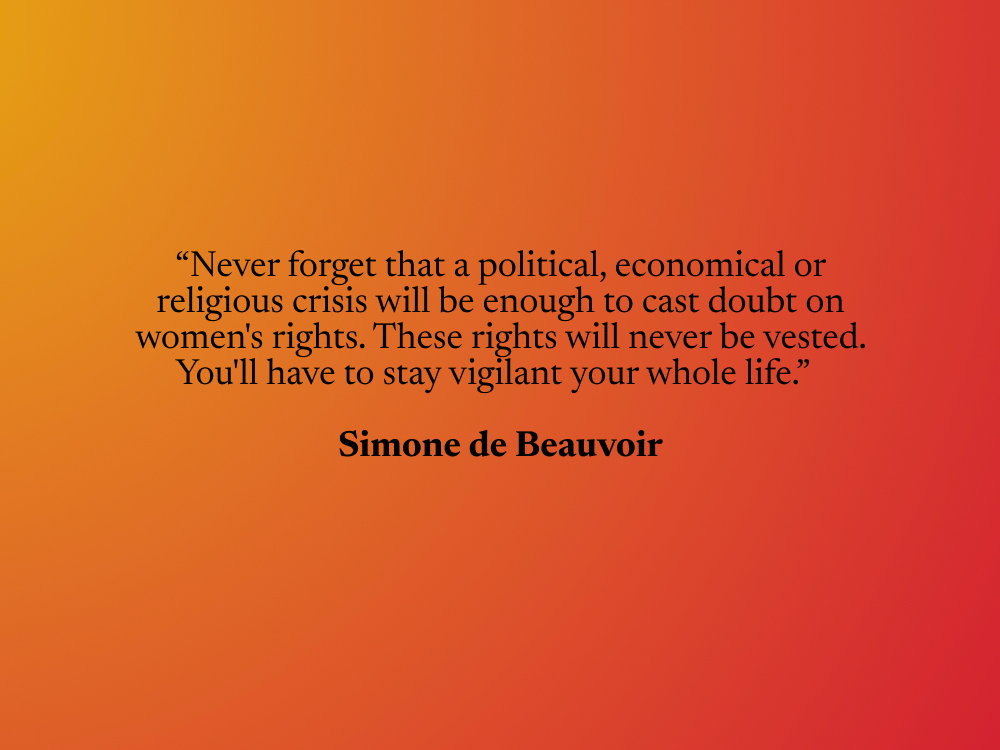Roswith Roth, University of Graz, Austria
roswith.roth@uni-graz.at
With the advent of smart phones, tablets and other mobile devices — and fueled by anonymity — teenagers today have plenty of opportunities to engage in less-than-honorable behavior within the boundless confines of the Internet. Cyber-bullying, the act of posting text, images or other content meant to harm another’s reputation, is perhaps the most notorious of those behaviors, and the problem is becoming more prevalent. According to the National Crime Prevention Council, more than 40 percent of teenagers have been subjected to cyber-bullying. If you’ve discovered that your teen has been involved in cyber-bullying, take steps to hold him accountable, while also using the situation as a teachable moment.
The nature of cyberbullying
Traditional face-to-face bullying has long been identified as a risk factor for the social and emotional adjustment of perpetrators, targets and bully victims during childhood and adolescence; bystanders are also known to be negatively affected. The emergence of cyberbullying indicates that perpetrators have turned their attention to technology (including mobile telephones and the internet) as a powerful means of exerting their power and control over others. Cyberbullies have the power to reach their targets at any time of the day or night.
Examples of what constitutes cyberbullying include communications that seek to intimidate, control, manipulate, put down, falsely discredit, or humiliate the recipient. The actions are deliberate, repeated, and hostile behavior intended to harm another. Cyberbullying has been defined by The National Crime Prevention Council (http://www.ncpc.org/): “When the Internet, cell phones or other devices are used to send or post text or images intended to hurt or embarrass another person.
Cyberbullying takes a number of forms, to include:
- Flaming: electronic transmission of angry or rude messages;
- Harassment: repeatedly sending insulting or threatening messages;
- Cyberstalking: threats of harm or intimidation;
- Denigration: put-downs, spreading cruel rumors;
- Masquerading: pretending to be someone else and sharing information to damage a person’s reputation;
- Outing: revealing personal information about a person which was shared in confidence;
- Exclusion: maliciously leaving a person out of a group online, such as a chat line or a game, ganging up on one individual.
A cyberbully may be a person whom the target knows or an online stranger. A cyberbully may be anonymous and may solicit involvement of other people online who do not even know the target. This is known as a ‘digital pile-on.
Each cyberbullying tactic involves a technological tool (a cell phone, a laptop, a video camera, or a social networking site for example).
- Digital Pile On: (When a group viciously gangs up on one person through Facebook, Twitter, Ask.fm, a group chat, comments or Instant Messaging);
- Rating Website: (When someone uploads a photo of the target and gets bystanders to vote for their “ugliest,” “fattest,” “dumbest” peers on Instagram, Facebook or Internet polls, eg. “Hot or Not”);
- Imposter Profile: (When someone creates a fake website or Facebook profile to deceive people into thinking it is genuinely owned and maintained by the target);
- Haters’ Club: (When a mob attacks one person by setting up a websites or Facebook page to harass or persecute the target);
Case: Anna, 14, is a shy girl whose medical condition prompted a vicious bully to start an online Haters’ Club to demean her. Unable to tell her mom because the anonymous mob of cyberbullies threatened to beat her up if she “snitches,” Anna feels utterly helpless. The Haters’ Club has now gone a step further. They tell Anna “you should just kill yourself and get it over with.”
- Sexting: (When an explicit photo of oneself is sent electronically to the public for revenge);
Case: Aaliyah, 13, has been pressured by an older boy, Lavon, who wants a nude photo of her to “prove” she’s old enough to go out with him. She sent him a private Sext, yet now it’s circulating on everyone’s phones.
- Videojacking: (When someone videotapes a target without his knowledge/approval and uploads the video intended to harass the target to a popular video-sharing website.)
Case: Kahn, 17, was just fooling around making a video of himself singing off key. But it got into a classmate’s hands and wound up on YouTube. Now it’s going around the ‘Net like wildfire, humiliating Kahn. Worse, kids are calling him “fag” in the hallways and telling him to “go back to his own country.” Now, the cyberbullying has turned into physical assault.
Cyberbullying often occurs in the context of relationship difficulties, such as the break-up of a friendship or romance, envy of a peer’s success, or in the context of prejudiced intolerance of particular groups on the grounds of gender, ethnicity, sexual orientation or disability.
A survey of 23 420 children and young people across Europe found that, although the vast majority was never cyberbullied,
- 5% were being cyberbullied more than once a week,
- 4% once or twice a month and
- 10% less often.
Many studies indicate a significant overlap between traditional bullying and cyberbullying. However, a note of caution is needed when interpreting the frequency and prevalence of cyberbullying. As yet, there is no uniform agreement on its definition and researchers differ in the ways they gather their data, with some, for example, asking participants whether they have ‘ever’ been cyberbullied and others being more specific, for example, ‘in the past 30 days’.
Bullying is difficult to deal with, no matter how old you are. However, if you are a child, bullying is a lot more difficult to deal with because kids don’t necessarily have the ability to understand that bullies are insecure people who bully others to make themselves feel better. What makes bullying even worse is the fact that it’s no longer something that happens in the locker room or on the playground alone; bullying now happens over the Internet, which means your kids may not feel safe anywhere anymore. Cyberbullying can have lasting effects on your child’s emotional development.
The impact of cyberbullying on emotional health and well-being
Research consistently identifies the consequences of bullying for the emotional health of children and young people. Victims experience lack of acceptance in their peer groups, which results in loneliness and social isolation, low self-esteem and depression.
· Stress-Related Disorders: Children who are the victims of cyberbullying are more likely to develop anxiety and depression than children who are not victims of this type of bullying. The children may become withdrawn and depressed because they feel that their life is falling apart around them. When they go to school they are face-to-face with their bullies. When they are at home or away from school, they have to worry that their bullies will taunt them through text messages, social media, email or any other way they can online. This eliminates children’s ability to forget about their bullies when they are away from school, which is a big source of anxiety. School-age cyber victims indicate heightened risk of depression, of psychosomatic symptoms such as headaches, abdominal pain and sleeplessness and of behavioral difficulties including alcohol consumption. As found in studies of face-to-face bullying, cyber victims report feeling unsafe and isolated, both at school and at home.
· Concentration: Cyberbullying doesn’t just affect the way a child feels on the inside; it also affects the ability to concentrate on things other than their bully. It may become impossible for the children to concentrate at school because they are constantly looking over their shoulder to ensure their bully isn’t taunting them and they may find it difficult to concentrate on homework or family life when they are afraid that their phone or computer will alert them of new bullying messages.
· Emotional Issues: One of the biggest emotional issues the victims of cyberbullying experience has to do with safety. They are scared, frightened and fearful. Even their computers and phones or even an email, can make cyberbullying victims afraid. It is common for victims of cyberbullying to feel fearful at all times, whether it’s in school or at home. There is no safe haven for a child whose bully uses the Internet to haunt him/her.
· Suicide: The biggest emotional concern for children who are the victims of cyberbullying is suicide. Children who are cyberbullied are anywhere from two to nine times more likely to consider suicide than other children. While these numbers may not seem very big, any additional chance that a child might turn to suicide because of bullying is very big.
Bullies too are at risk. They are more likely than non-bullies to engage in a range of maladaptive and antisocial behaviors, and they are at risk of alcohol and drugs dependency; like victims, they have an increased risk of depression and suicidal ideation. Cyberbullies report a range of social and emotional difficulties, including feeling unsafe at school, perceptions of being unsupported by school staff and a high incidence of headaches. Like traditional bullies, they too are engaged in a range of other antisocial behaviors, conduct disorders, and alcohol and drug misuse.
Technological solutions
The most fundamental way of dealing with cyberbullying is to attempt to prevent it in the first place, through whole-school e-safety policies and through exposure to the wide range of informative websites that abound (e.g. UK Council for Child Internet Safety (UKCCIS; http://www.education.gov.uk/ukccis), ChildLine (www.childline.org.uk).
Many schools now train pupils in e-safety and ‘netiquette’ to equip them with the critical tools that they will need to understand the complexity of the digital world
and become aware of its risks as well as its benefits.
Techniques include blocking bullying behavior online or creating panic buttons for cyber victims to use when under threat. It was found that blocking was considered as a most helpful online action by cyber victims and a number of other studies have additionally found that deleting nasty messages and stopping use of the internet were effective strategies. However, recent research found that training young people in netiquette did not significantly reduce or prevent cyberbullying. Clearly there is a need for further research to evaluate the effectiveness of different types of technological intervention.
Asking adults for help
Parents play an important role in prevention by banning websites and setting age-appropriate limits of using the computer and internet. Poor parental monitoring is consistently associated with a higher risk for young people to be involved in both traditional and cyberbullying, whether as perpetrator or target. However, adults may be less effective in dealing with cyberbullying once it has occurred.
Most studies confirm that it is essential to tell someone about the cyberbullying rather than suffer in silence and many students report that they would ask their parents for help in dealing with a cyberbullying incident.
On the other hand, some adolescents recommend not consulting adults because they fear loss of privileges (e.g. having and using mobile telephones and their own internet access), and because they fear that their parents would simply advise them to ignore the situation or that they would not be able to help them as they are not accustomed to cyberspace.
In a web-based survey of 12- to 17-year-olds, of whom most had experienced at least
one cyberbullying incident in the past year, researchers found that 90% of the victims did not tell their parents about their experiences and 50% of them justified it with ‘I need to learn to deal with it myself’.
Students also have a rather negative and critical attitude to teachers’ support and a large percentage consider telling a teacher or the school principal as rather ineffective. Although 17% of students reported to a teacher after a cyberbullying incident, in 70% of the cases the school did not react to it.
Involving peers
Young people are more likely to find it helpful to confide in peers. Additionally, it is essential to take account of the bystanders who usually play a critical role as audience to the cyberbullying in a range of participant roles, and who have the potential to be mobilized to take action against cyberbullying.
For example, a system of young cyber mentors, trained to monitor websites and offer emotional support to cyber victims, was positively evaluated by adolescents. Similarly, it was shown that peer leaders in school played a part in prevention of cyberbullying by creating bullying awareness in the school, developing leadership skills among students, establishing bullying intervention practices and team-building initiatives in the student community, and encouraging students to behave proactively as bystanders. This intervention successfully led to a decline in cyberbullying, in that the number of students who participated in electronic bullying decreased, while students’ understanding of bullying widened.
To sum up
Although recommended strategies for coping with cyberbullying abound, there remains a lack of evidence about what works best and in what circumstances in counteracting its negative effects. However, it would appear that if we are to solve the problem of cyberbullying, we must also understand the networks and social groups where this type of abuse occurs, including the importance that digital worlds play in the emotional lives of young people today, and the disturbing fact that cyber victims can be targeted at any time and wherever they are, so increasing their vulnerability.
There are some implications for professionals working with children and young people. Punitive methods tend on the whole not to be effective in reducing cyberbullying. In fact, as zero-tolerance approaches are more likely to criminalize young people and add a burden to the criminal justice system.
Interventions that work with peer-group relationships and with young people’s value systems have a greater likelihood of success. Professionals also need to focus on the values that are held within their organizations, in particular with regard to tolerance, acceptance and compassion for those in distress.
The ethos of the schools where children and young people spend so much of their time is critical. Engagement with school is strongly linked to the development of positive relationships with adults and peers in an environment where care, respect and support are valued and where there is an emphasis on community.
Empathy-based socialization practices encourage perspective-taking and enhance prosocial behavior, leading to more satisfying relationships and greater tolerance of stigmatized outsider groups. This is particularly relevant to the discussion since researchers have consistently found that high-quality friendship is a protective factor against mental health difficulties among bullied children.
Finally, research indicates the importance of tackling bullying early before it escalates into something much more serious. This affirms the need for schools to establish a whole-school approach with a range of systems and interventions in place for dealing with all forms of bullying and social exclusion. External controls have their place, but we also need to remember the interpersonal nature of cyberbullying. This suggests that action against cyberbullying should be part of a much wider concern within schools about the creation of an environment where relationships are valued and where conflicts are seen to be resolved in the spirit of justice and fairness.






